Stories of Chinese Cuisine - Create a Chinese New Year Feast at Home!
Stories of Chinese Cuisine
Create a Chinese New Year Feast at Home!
It almost goes without saying that food is a very big part of Chinese, or Lunar New Year! Read on to discover a couple of the wonderful dishes you can make at home to celebrate with family and friends, plus learn a few of our cultural traditions too.
Different names for Chinese New Year
In Australia, we often refer to the celebration as Lunar New Year, but it can also be called Chinese New Year or the Spring Festival.
When do the celebrations begin?
Chinese Near Year begins with the new moon that falls between January and the end of February. Celebrations continue for approximately 15 days, until the arrival of the full moon. In other words, there is plenty of time to eat, celebrate and practice your dumpling folding for our Lee Kum Kee dumpling folding competition (see below!)
Why is a different animal celebrated each year?
The Chinese zodiac is cyclical over a twelve year period, with an animal representing each year in the cycle. For 2020, it will be the year of the rat, representing the beginning of a new day, wealth and surplus.
There is a mythology to the order of the animals in the zodiac, based on a race hosted by the Jade Emperor for the animals to cross a river and become part of the zodiac calendar. The Rat, traveling on the Ox jumped off its head to finish first.
When can we feast?
New Year’s Eve is traditionally the biggest celebration, spent with family much in the same way Christmas is celebrated in Australia.
There are a few traditional foods we look forward to eating every year – fish, dumplings, longevity noodles, spring rolls, sweet rice balls, glutinous rice cakes and fruit such as oranges.

I’m feeling adventurous, what should I cook?
Pan fried or steamed dumplings
Jiaozi (Chinese dumplings) are one of the most popular foods in northern China. Their unique shape is similar to ancient Chinese gold or silver ingots, so they are believed to bring wealth and good fortune. The saying is that the more dumplings you eat at Chinese New Year, the more money you will have – all the more reason to get cooking!
Preparation of dumplings;
In Chinese culture, the arrangement of the raw, folded dumplings is very symbolic. When preparing a New Year’s Eve feast, the dumplings are arranged in a circle to represent family reunion. Another tradition is to place a coin in one of the dumplings. The lucky recipient of this dumpling at the table is said to have good fortune in the new year.
With dumplings being such an integral part of Chinese cuisine, we have created two delicious recipes for you to try at home – why not grab a few friends together, pour a glass of wine (or beer!) and join in the Lee Kum Kee Dumpling folding challenge to celebrate Lunar New Year! See the competition and instruction here.
Gold Ingot Steamed Dumplings
Recipe here
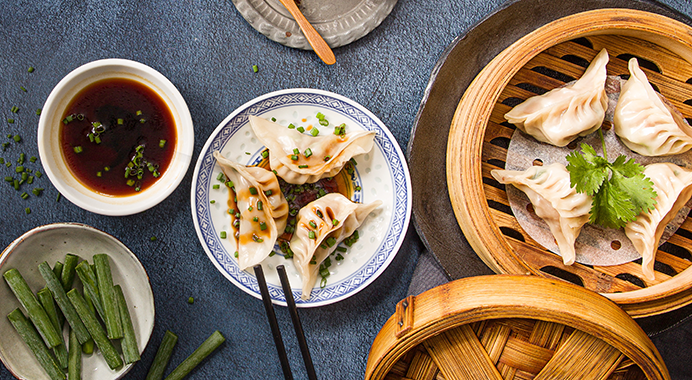
Mushroom and Chive Potsticker Dumplings
Recipe here
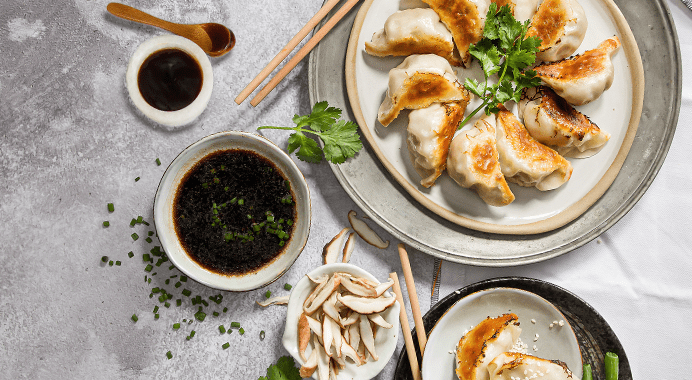
Longevity Noodles
Long noodles are one of the great traditions of Lunar New Year. The saying goes, the longer the noodle, the longer your life will be. You also aren’t supposed to cut the noodles, or even chew them, so much slurping is involved at the dinner table – luckily everyone else is making lots of noise too! Our recipe is made with lup cheong, snow peas and Panda Brand Oyster Sauce - it’s perfect served as part of a feast. Find the recipe here.
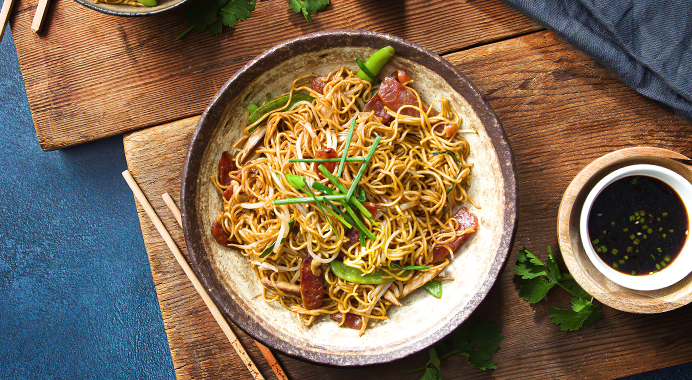
Chinese Greens in Oyster Sauce
Simplicity is key to many parts of Chinese cuisine, and no dinner table at Chinese New Year (or any other time for that matter) is complete without Chinese Greens in Oyster Sauce. Discover our recipe here.
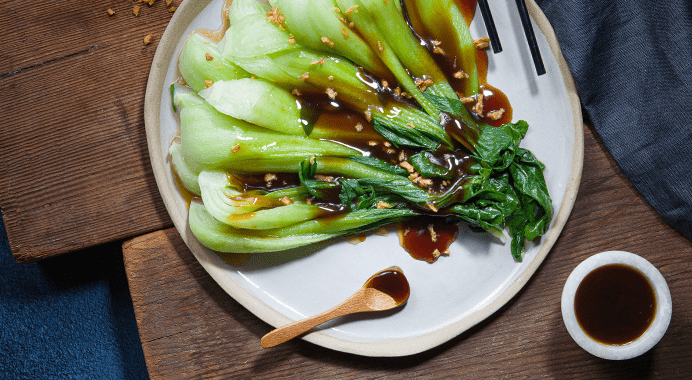
Yusheng
Also known as Propserity Toss Salad, Yee Sang or Lo Hei, this colourful, celebratory dish holds a truly international story. Most popular in Singapore amongst Cantonese, this dish is an explosion of colour and texture. It features carrot, cucumber, pickes, raw fish, white radish and condiments including plum sauce, sesame oil, crushed peanuts, fried wonton skins and spices.
Assembled at the table, everyone adds an ingredient to the platter and recites something auspicious. Then, using chopsticks, the other diners recite the saying and toss the salad as high as possible. And of course there’s a belief for the tossing – the higher the toss, the happier you will be in the year ahead!
What other traditions are there?
Decorations and gift giving are all part of the festivity.
Here are a few for decorating your home or backyard to join in the celebrations:
- Gift giving and red envelopes
In China, is it common to share gifts with family members but today it is more popular to give ‘red envelopes’ filled with money. The envelopes are red, as it is believed to bring good luck and happiness. Just be sure to open it after your guests have left, it is considered impolite to open the envelopes in front of the person that gives it to you.
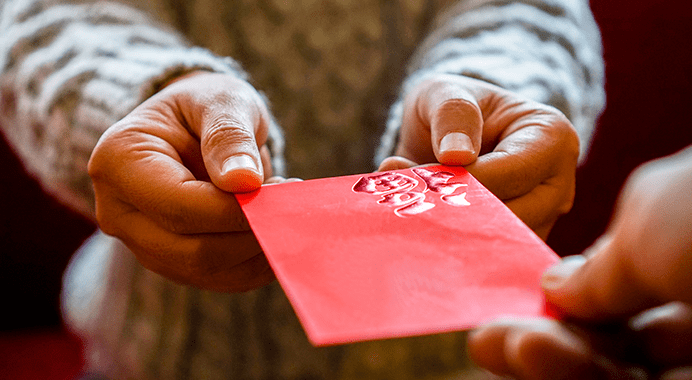
- Decorate with red, lanterns and symbols!
In China, every street, building and house will be decorated red during the festival as it’s believed to be an auspicious colour. Why not add a few red decorations to your dinner table this year or hang a few red paper lanterns! 2020 is the year of the rat, so imagery or figures of rats is perfect too!
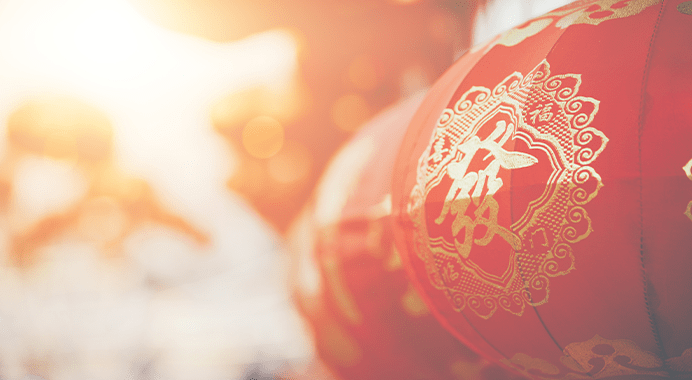
 Corporate Site
Corporate Site